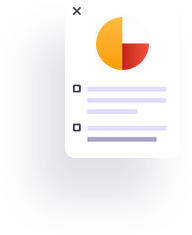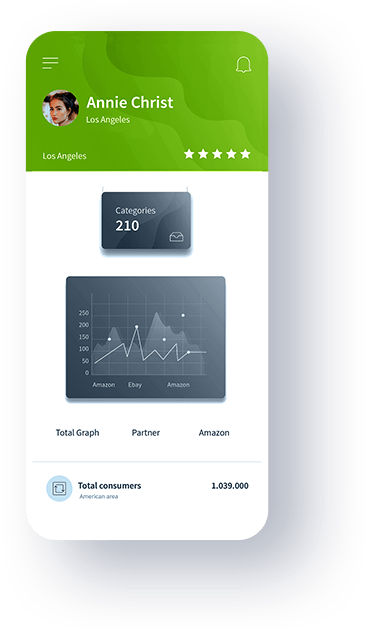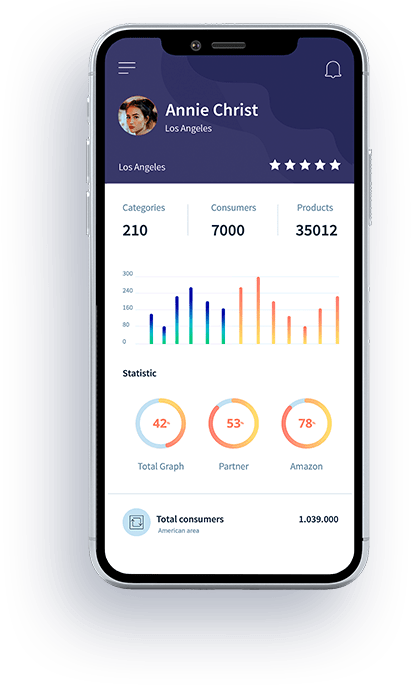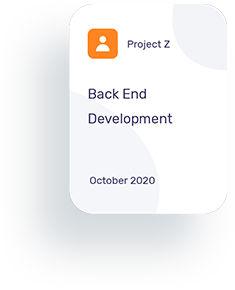




Best Digital
Marketing
We are the best digital marketing agency. As an online marketing agency, we know how to optimize your website for maximum visibility and conversion rates. Whether you’re looking to increase site traffic or boost brand awareness, our team of experienced SEO experts internet professionals will help get your business where it needs to be.





Best SEO Expert In Bangladesh
Boosts Your Website Traffic!
We are passionate about our work. Our designers stay ahead of the curve to provide engaging and user-friendly website designs to make your business stand out. Our developers are committed to maintaining the highest web standards so that your site will withstand the test of time. We care about your business, which is why we work with you.




Best Social Media Marketing Experts In Bangladesh
Pay for Qualified Traffic
At Freelancer Tamal, we understand the challenges that smaller businesses face when trying to grow their business. That’s why we focus our marketing efforts on helping startups and small businesses achieve success online. We offer a range of services that are tailored specifically for these types of companies, including lead generation, SEO expertise and website design & development.

Digital global audience reach
Content pieces produced everyday
Of the audience is under 34 years old
Employee
worldwide




Why Choose Us
We Offer Best Marketing Services



Get Free SEO Analysis?
Want to see how we can help your business reach its marketing goals? Simply fill out the form below and our team will promptly send you a free analysis of your current website ranking, key content areas and needs.
Blog
Latest News
Ignite Your Social Media Strategy: Partnering with a Marketing Consultant
Revolutionize Your Online Presence: Social Media Content Strategy Demystified
Unveiling the Secrets: The Power of Social Media Competitor Analysis
The Ultimate Guide to Social Media Lead Generation: Boost Your Business


Testimonials
What Our Clients Say
Freelancer Tamal stays ahead of the curve with digital marketing trends.

Design is a way of life, a point of view. It involves the whole complex of visual commun ications: talen.t, creative ability manual skill.
Design is a way of life, a point of view. It involves the whole complex of visual commun ications: talent, creative ability and technical knowledge.

Design is a way of life, a point of view. It involves the whole complex of visual commun ications: talent, creative ability and technical knowledge.
























